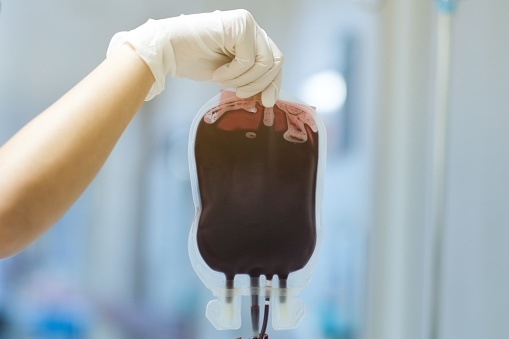
A study of women of African ancestry with history of pregnancy assessed how risk for pregnancy-associated venous thromboembolism (VTE), pulmonary embolism (PE), and isolated deep vein thrombosis (DVT) varies by presence versus absence of sickle cell trait (SCT).
According to the study, SCT is linked to an approximately doubled risk of pregnancy-associated VTE. The study’s results were presented at the 66th American Society of Hematology Annual Meeting & Exposition in San Diego, California.
“Given the rarity of pregnancy-associated VTE, our study is the first to have sufficient power to detect a statistically significant increased risk of VTE in pregnant women with SCT,” wrote study first author Jana Christian, MD, of Johns Hopkins Hospital, Baltimore, Maryland, and colleagues.
The study examined data collected from the genetic research company 23andMe, Inc, specifically, the information self-reported by patients on 23andMe surveys. The investigators who conducted the study interpreted the survey responses for instances of pregnancy-associated VTE, isolated DVT, and PE with or without DVT.
The dataset for the study was drawn from a cohort of 73,442 women of African ancestry with history of pregnancy, among whom 5,219 had SCT. Sickle cell disease was among the exclusion criteria. Among women with and without SCT, the mean age was 50.59 and 50.38 years, respectively, and the mean number of prior pregnancies was 2.92 and 2.93, respectively.
In the total cohort, 171 pregnancy-associated VTEs occurred, and the prevalence rate among women with SCT was 0.44%. The investigators highlighted this result as fitting an approximately 2.04-fold increased risk of pregnancy-associated VTE connected to SCT (P=.0016).
An additional subset analysis showed the presence of SCT to be linked to greater risk of pregnancy-associated PE with an overall risk (OR) of 2.3 (P=.011) and of pregnancy-associated isolated DVT with an OR of 1.85 (P=.046).
The investigators wrote that their findings help gauge the degree to which SCT exacerbates VTE risk in pregnancy. However, they noted that the absolute risk of pregnancy-associated VTE remains very small, even in women with SCT, and that their study “likely does not support routine thromboprophylaxis for SCT-positive individuals during pregnancy or postpartum in the absence of other strong risk factors for thrombosis.”
Although this study is the largest of its type to date, the investigators acknowledged the self-reported nature of the patient data to be a limitation. An additional analysis involving a cohort of women of all ancestries is currently underway.
Regarding disclosures, the study involved a Research Team from 23andMe, Inc, and three coauthors reported current employment with the company.
Reference
Christian J, Lin KH, Granka JM, et al. Risk of pregnancy-associated venous thromboembolism in sickle cell trait. Abstract #1262. Presented at the 66th American Society of Hematology Annual Meeting and Exposition; December 7-10, 2024; San Diego, California.







 © 2025 Mashup Media, LLC, a Formedics Property. All Rights Reserved.
© 2025 Mashup Media, LLC, a Formedics Property. All Rights Reserved.